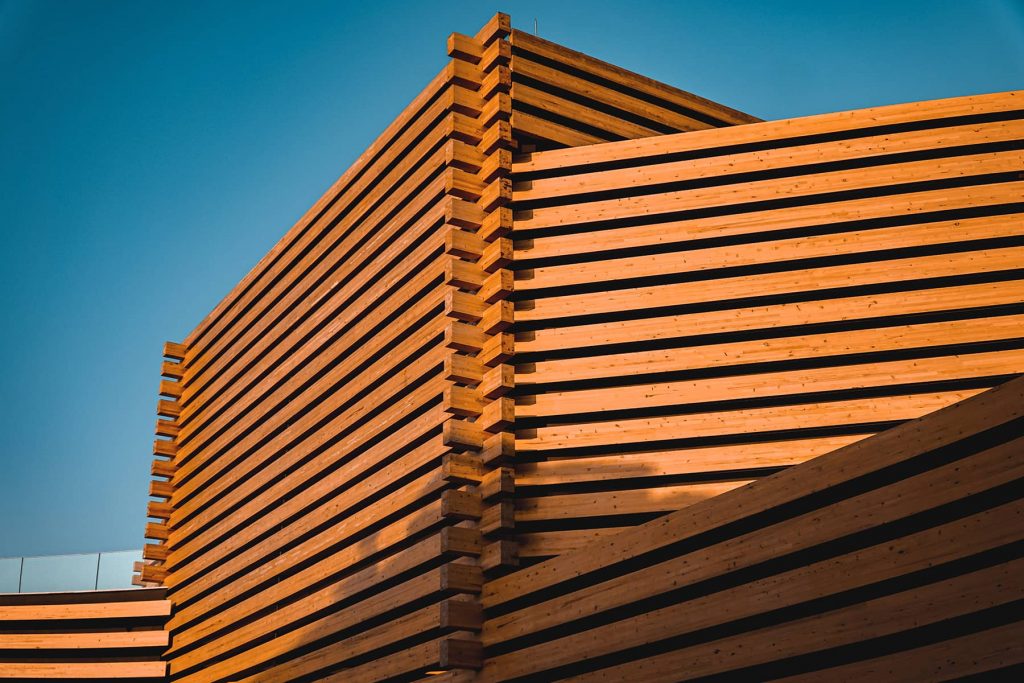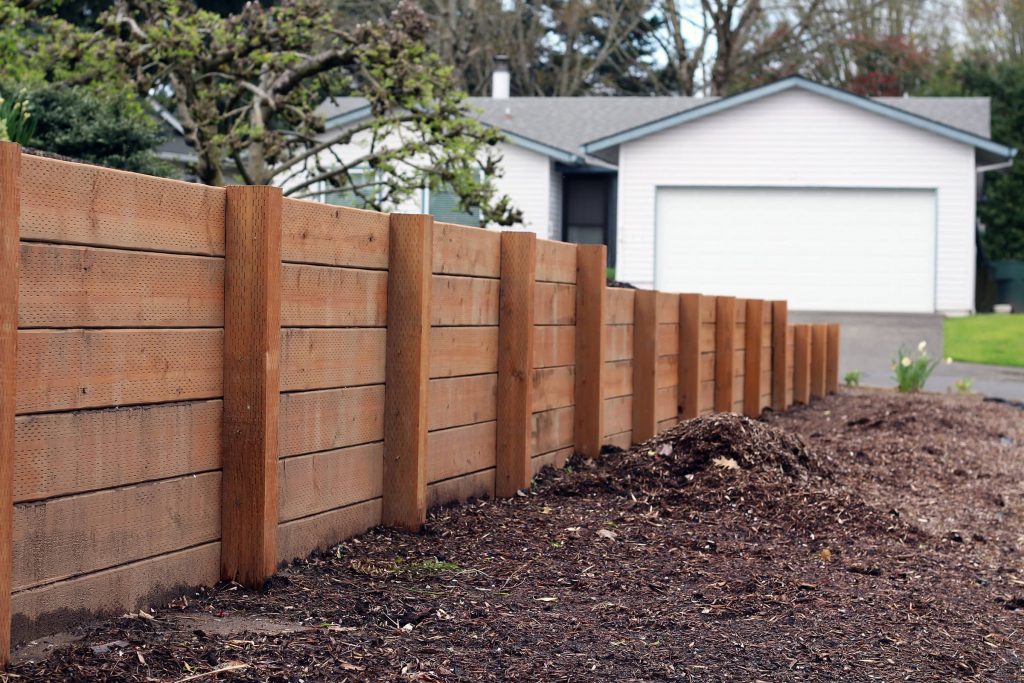How Long Will Landscape Timber Last?
Landscape timber is an excellent material for landscaping projects, as it can withstand the elements and last for many years. But with so much variety in types of landscape timber and varying conditions, how long does landscape timber last? It’s important to understand the life expectancy of different kinds of landscape timber and what factors will affect its longevity. As an expert on landscape timbers, I’m here to provide all the facts you need to know about how long your project will last.
When considering how long any landscape timber may last, several key things must be remembered. First, the kind of wood being used will play a significant role in determining its lifespan; hardwoods like cedar or redwood tend to be longer-lasting than softwoods such as pine or spruce. Secondly, environmental factors such as weathering from sun exposure and moisture damage should also be considered since they can significantly impact wear and tear over time.
Finally, proper installation is essential if you want your landscape timbers to endure the test of time – make sure that everything has been securely fastened together, sealed against moisture intrusion, and painted or stained regularly for added protection. With these considerations in mind, let’s take a closer look at what we can expect from different types of landscape timber in terms of their expected durability!
What is landscape timber?
Landscape timber is a type of wood that is used for creating structures and features in landscaping. It is often used for creating raised gardens, retaining walls, and other landscape features. Landscape timber is highly durable, so it is often chosen as an alternative to pressure-treated lumber. The wood is treated with a preservative to protect it from decay, making it an ideal choice for outdoor applications. Additionally, landscape timber is often available in a variety of shapes, sizes, and colors, allowing for a great amount of customization when it comes to creating a unique landscape design. While landscape timber is typically more expensive than other types of lumber, its durability, versatility, and aesthetic appeal make it a popular choice for many landscaping projects.
Factors Affecting Durability
The lifespan of a landscape timber depends on several factors, such as its species, treatment method during manufacturing, installation technique, and maintenance plan. The durability of these products is determined by their ability to withstand weathering elements like rain, snow, and wind over time. Additionally, some types of timbers may need more frequent sealing or staining than others to protect against premature deterioration due to water damage or insect infestations.
Environmental Factors:
- Weathering: Exposure to rain, snow, sun, wind and extreme temperatures can cause rotting and weathering in untreated wood. This is why many landscapers choose treated lumber for outdoor projects.
- Soil type: Certain soils are more corrosive than others due to their chemical makeup. Clay or alkaline soils can have a negative impact on the life expectancy of landscape timbers.
Construction Materials:
- Chemical treatments: Many types of chemicals can be used to protect against rot and insects, such as borate solutions or pressure treated with preservatives like copper azole (CA). These treatments should be applied before installation if you want them to last longer.
- Material: The quality of construction materials used also affects durability; make sure that you use high-quality products when building your project so that it will stand up over time.
Knowing what environmental conditions and construction materials may lead to premature deterioration is essential for extending the lifespan of your landscape timber project. Types of treatments available range from simple sealants to specialized chemicals engineered specifically for outdoor applications – all aimed at providing extra protection against the elements and increasing longevity.
Types Of Treatments To Extend Longevity
Landscape timber is an attractive and durable choice for outdoor landscaping projects. Its longevity can be extended with proper treatments to protect the wood from weathering, insects, and fungal decay. Pressure-treated timbers are treated in a pressure chamber with a fire-retardant or wood preservative to prevent rot and insect damage. Additionally, staining-sealing of landscape timber helps reduce fading due to UV exposure and prevents water absorption that leads to warping and cracking. For areas exposed to heavy moisture, it’s crucial to use rot-resistant varieties such as redwood or cedar. To maximize the life of any type of landscape timber, periodic maintenance should be performed to ensure its continued performance.

Maintenance Tips For Prolonged Performance
Prolonging the performance of landscape timber requires regular maintenance. It is vital to waterproof, ensure proper soil drainage, and perform periodic checks on the structure. To maximize longevity, sealants should be applied every few years to protect against rot and decay. Additionally, mulching can be used in order to keep moisture away from direct contact with the timber surface.
When it comes to maximizing life expectancy for landscape timber, these practices are essential:
Waterproofing:
- Apply a water-repellent sealer or coating after installation.
- Check annually for cracks or other signs of wear that could lead to leaks over time
Soil Drainage:
- Monitor soil quality around the perimeter for any signs of pooling water which may cause rotting issues down the line.
- Create a consistent slope away from foundations and footings for optimal runoff during rainstorms
Periodic Checks:
- Inspect regularly for damages such as warping or cracking, which can occur due to extreme temperatures or heavy use.
- Look out for insect infestations or mold growth that could weaken structural integrity if left unchecked.
These preventive measures will allow you to extend the lifespan of your landscape timbers well beyond their projected expiration date and maintain an aesthetically pleasing look year-round without needing costly repairs or replacements. With proper care and maintenance, landscaping projects built with this material will remain solid and attractive for many years to come – allowing you to enjoy its benefits long into the future!
Maintenance Tips For Prolonged Performance
As a landscaping expert, I often suggest alternatives to traditional wood-based materials. For example, landscape blocks are becoming increasingly popular as an alternative to wooden timbers for creating raised beds and retaining walls. These durable masonry blocks can be easily stacked in patterns that provide both support and beauty. Composite lumber is also gaining traction as an alternative material. Unlike standard pressure-treated lumber, composite lumber does not contain toxic chemicals or require painting or staining over time. It also won’t crack, splinter, or rot like traditional wood can.
Railroad ties are another option for gardeners looking for something different from standard landscape timber products. While railroad ties have been used in the past for various home projects, their weight makes them difficult and expensive to install. Wood chips and gravel paths have become more common with the rise of edible gardens and permaculture practices. These pathways reduce the amount of lawn maintenance needed while providing plenty of visual interest and texture throughout the yard without any additional work on your part once they’re installed.
Conclusion: How long does landscape timber last?
Landscape timber can last anywhere from 10-20 years, depending on the type of wood and the environment. The longevity of landscape timber is something that every homeowner should consider. When installed correctly and properly maintained, it can last for decades! In fact, it can outlast even the most expensive alternatives if treated with care.
When choosing landscape timber, select a product that’s been pressure-treated or weather-resistant. This will ensure it stands up to all kinds of elements over time. I also recommend investing in regular maintenance such as cleaning, staining, and sealing to extend its life further. With these simple steps, you’ll have beautiful landscape timber for years!
Finally, consider alternative materials like plastic lumber or composite decking boards for long-lasting solutions around your home. While they may cost more upfront, their durability makes them well worth the investment in the long run. So no matter what kind of project you’re considering using landscape timber on – go ahead and get started knowing that this timeless material will remain strong through whatever Mother Nature throws at it!

